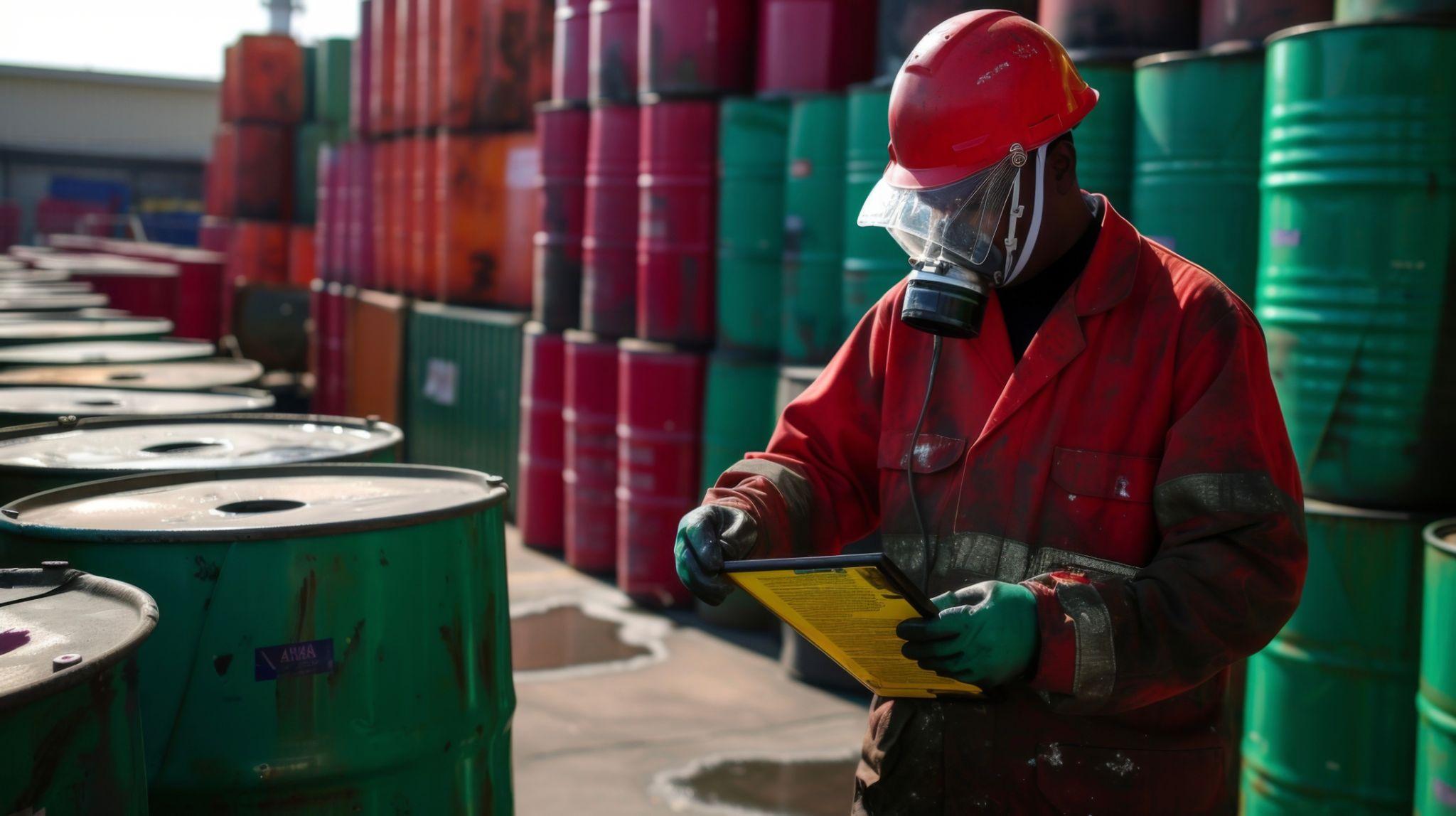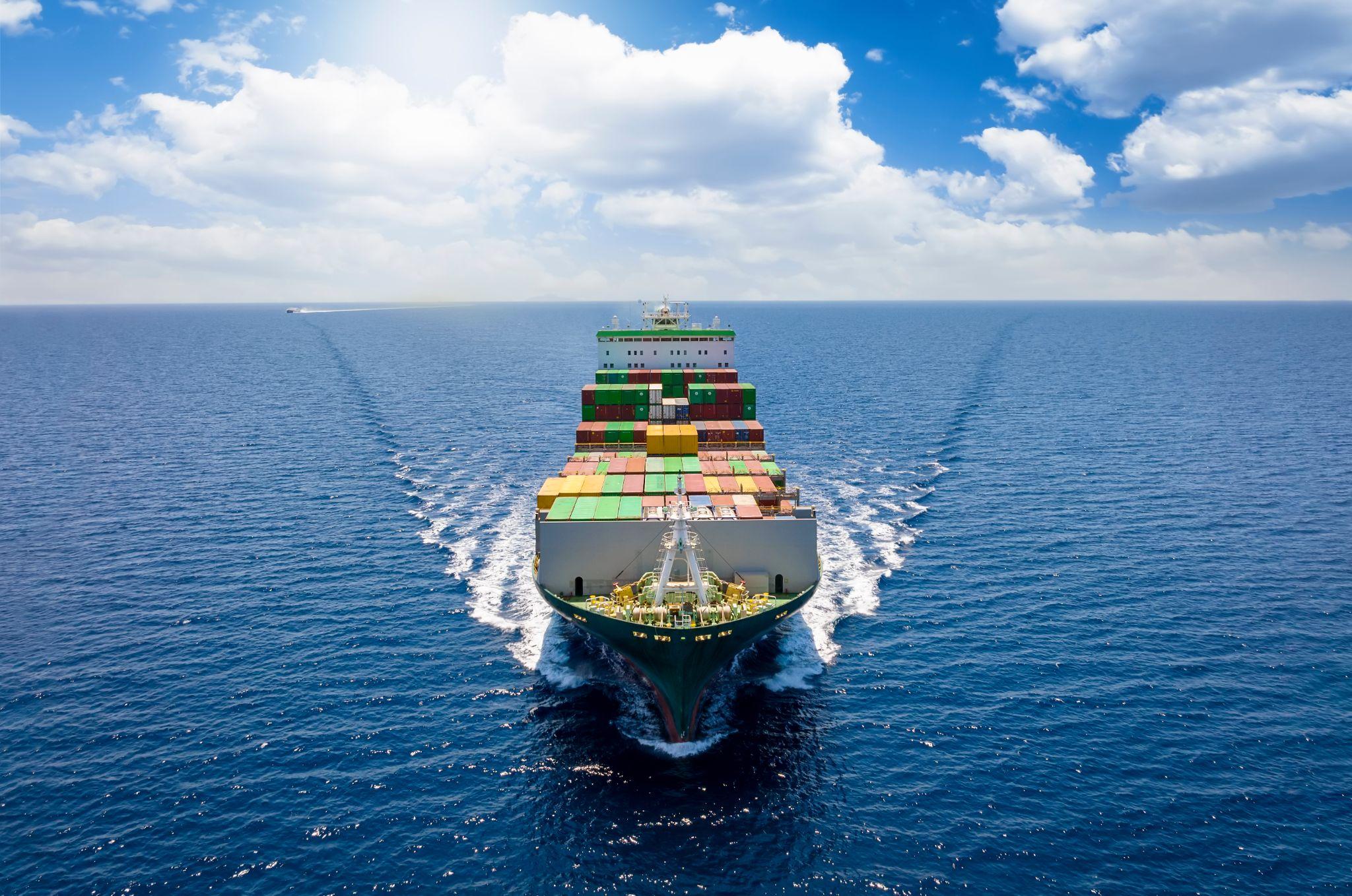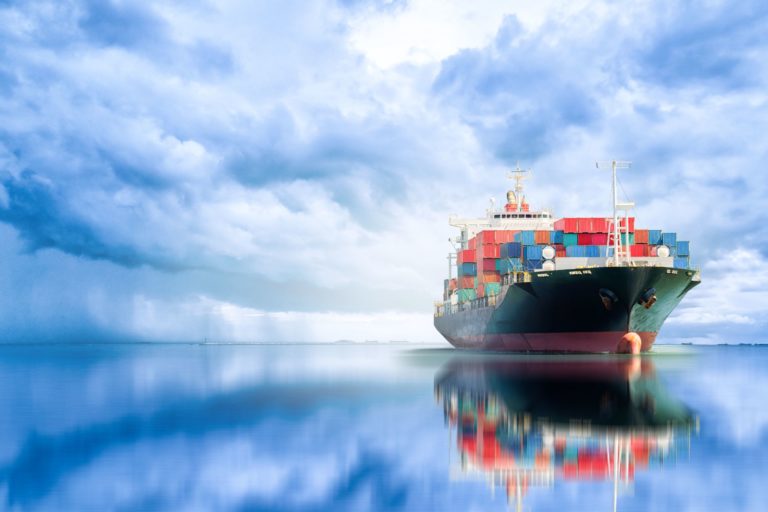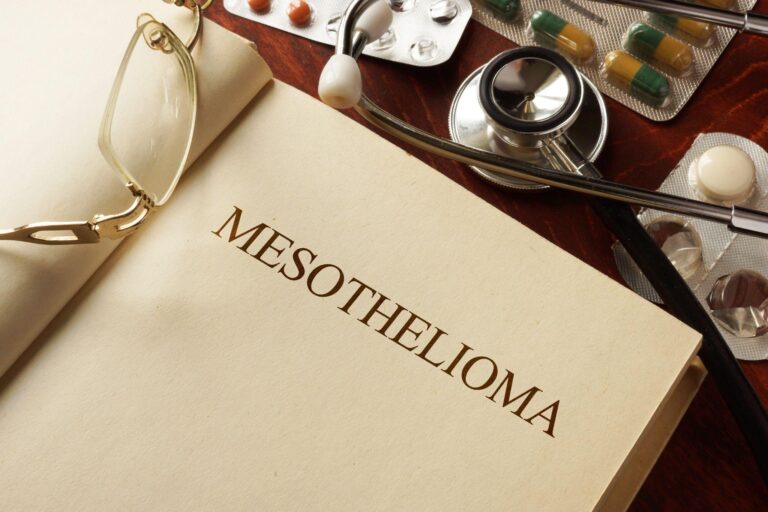Maritime workers face a wide range of potential risks and hazards whether working on oil rigs, cruise ships, cargo ships, docks, barges, or shipyards. One such hazard is maritime chemical exposure injuries.
Exposure could result in inhaling toxic fumes or from accidental spills that cause burns, respiratory problems, and other injuries. Employers are required by various maritime laws and the Jones Act to provide safe working conditions that include providing the right PPE (Personal Protection Equipment); training on how to handle, store, and use chemicals; and limiting exposure.
The Top 5 Common Toxic Chemicals in Maritime Work
Exposure to hazardous chemicals is a significant risk for maritime workers, especially those working on “toxic ships” where dangerous substances are prevalent. Proper handling and awareness of these chemicals are crucial to prevent severe health issues.
1. Chlorine
Chlorine is used to disinfect and sterilize different areas like bathrooms, sinks, and swimming pools. The mishandling of chlorine—as when mixing it with other cleaning products—could result in the release of gaseous chlorine, one of the most toxic gas exposures for workers. When inhaled, this poisonous gas can quickly cause eye and throat irritation and respiratory problems.
2. Benzene
Benzene is commonly found on crude oil ships and chemical cargo ships, as well as oil rigs. Maritime workers who clean holding areas and work with toxic maintenance oil have a higher risk of exposure to this chemical, which can cause internal bleeding, a lowered immune response, and leukemia.
3. Ammonia
Ammonia is a type of gas that is commonly used as a refrigerant. When exposed to high temperatures, the gas breaks down into nitrogen dioxide and hydrogen—both very flammable gasses. Explosions could occur and inhaling the gas can cause throat and nose irritation, respiratory problems, fluid accumulation, and difficulty breathing.
4. Asbestos
While not classified as a toxic chemical, exposure to asbestos can lead to asbestosis and mesothelioma. Asbestos can still be found on vessels, oil rigs, and ships that were built before the 1980s.
5. Hydrogen Sulfide
Hydrogen sulfide is a chemical that is created naturally through decomposition. This chemical is commonly found on fishing vessels. Exposure to the gas can cause nose, lung, eye, and throat irritation. Overexposure can cause a person to become unconscious and stop breathing, resulting in death.
How Are Maritime Workers Exposed to Toxic Chemicals?
Maritime workers encounter toxic chemicals through various scenarios and activities during their duties.
Here are some common ways they may be exposed:
- Handling and transporting hazardous materials: Loading, unloading, and transferring chemicals can lead to spills and direct contact.
- Maintenance and cleaning operations: Workers often deal with chemicals like solvents and detergents during routine maintenance.
- Accidental leaks and spills: Equipment failures or accidents can result in the release of toxic substances.
- Inadequate ventilation in confined spaces: Poor air circulation can increase the risk of inhaling harmful fumes.
- Use of outdated equipment and vessels: Older ships may contain hazardous materials like asbestos and lead-based paint.
Preventative Measures and Safety Protocols
Implementing preventative measures and adhering to safety protocols are essential for minimizing the risks associated with toxic exposure to maritime chemicals.
Personal Protective Equipment (PPE)
Employers must provide appropriate PPE to maritime workers, including:
- Respirators: To protect against chemical inhalation (toxic fumes, gasses).
- Gloves and protective clothing: To prevent skin contact with harmful chemicals.
- Eye protection: To safeguard against splashes and exposure to harmful substances.
Safety Training and Protocols
Proper training and safety protocols can significantly reduce the risk of chemical exposure.
Key elements of preventing a toxic ship environment include:
- Regular training sessions: On the proper handling, storage, and disposal of hazardous chemicals, as well as how to recognize the signs of common toxic gasses.
- Emergency response procedures: To ensure workers know how to react in case of a chemical spill or exposure incident.
- Routine safety drills: To reinforce the importance of quick and effective response to chemical exposure.
What to Do If You Suffer Maritime Chemical Exposure Injuries
If you have been exposed to chemicals at work and are injured as a result, you may be entitled to compensation under the Jones Act and other maritime laws and acts. You could receive compensation for medical bills, lost wages, and more.
For further information and a FREE consultation with a maritime attorney, please feel free to call Schechter, Shaffer & Harris, L.L.P., at 800-836-5830 today!









